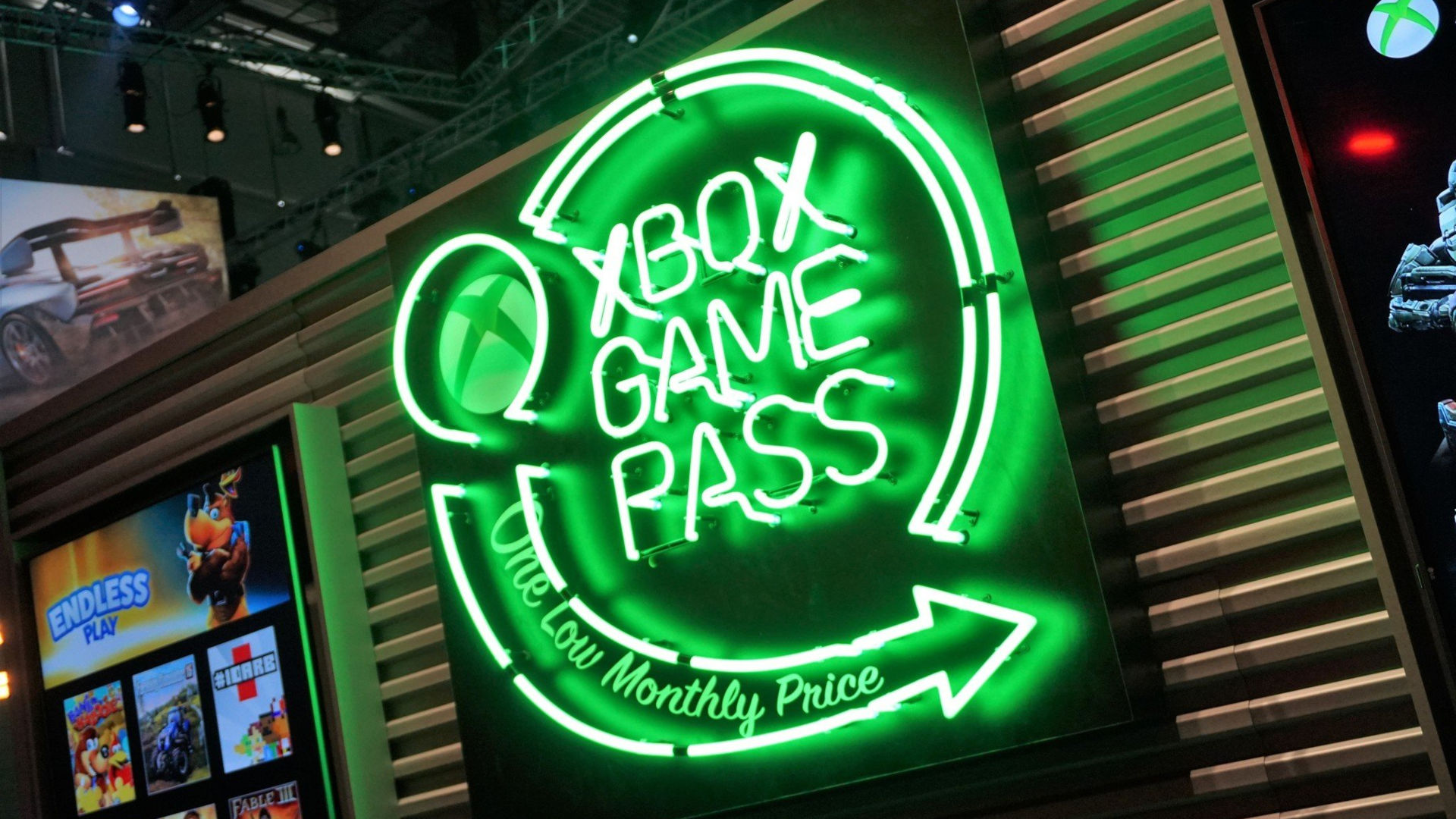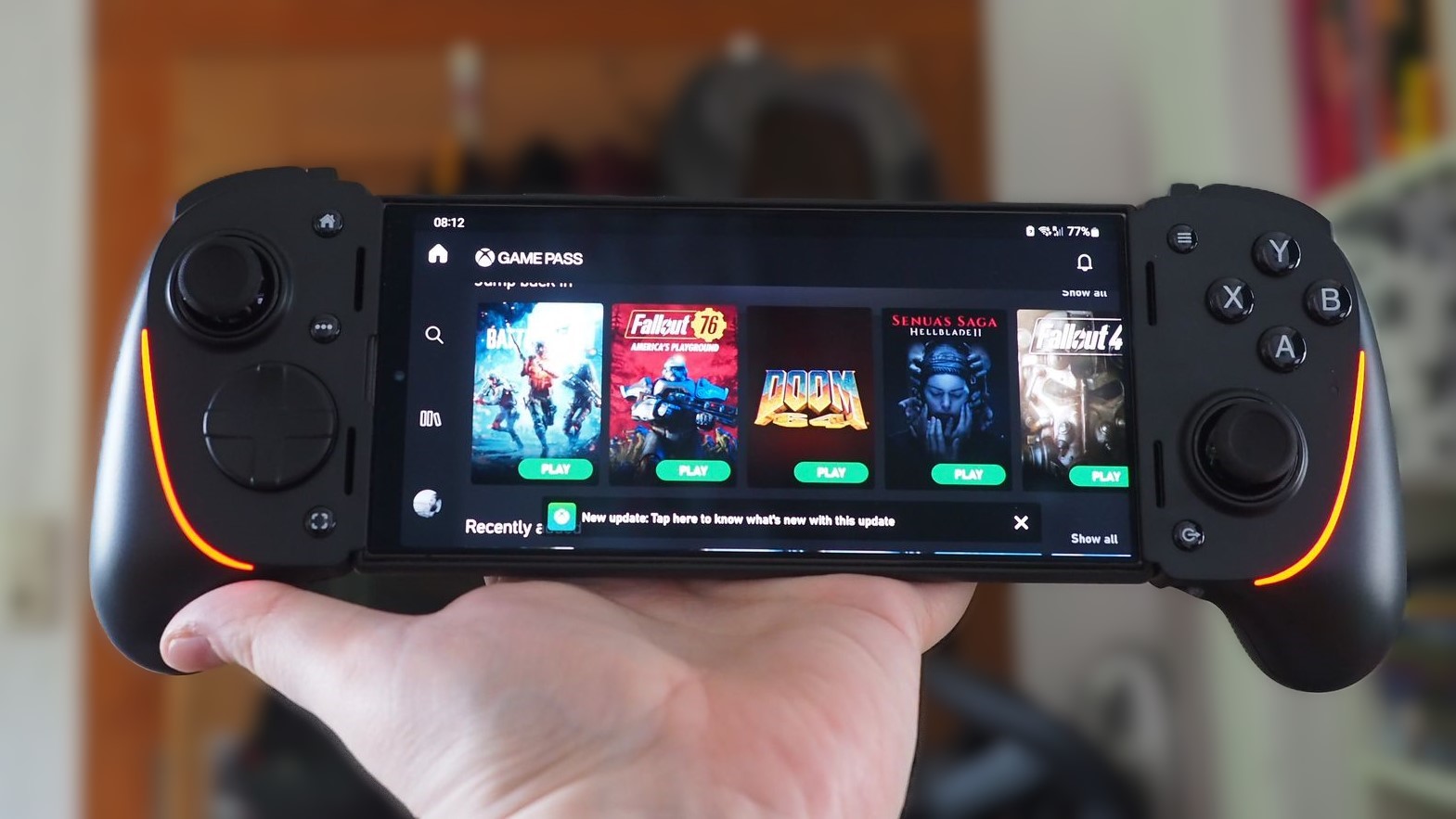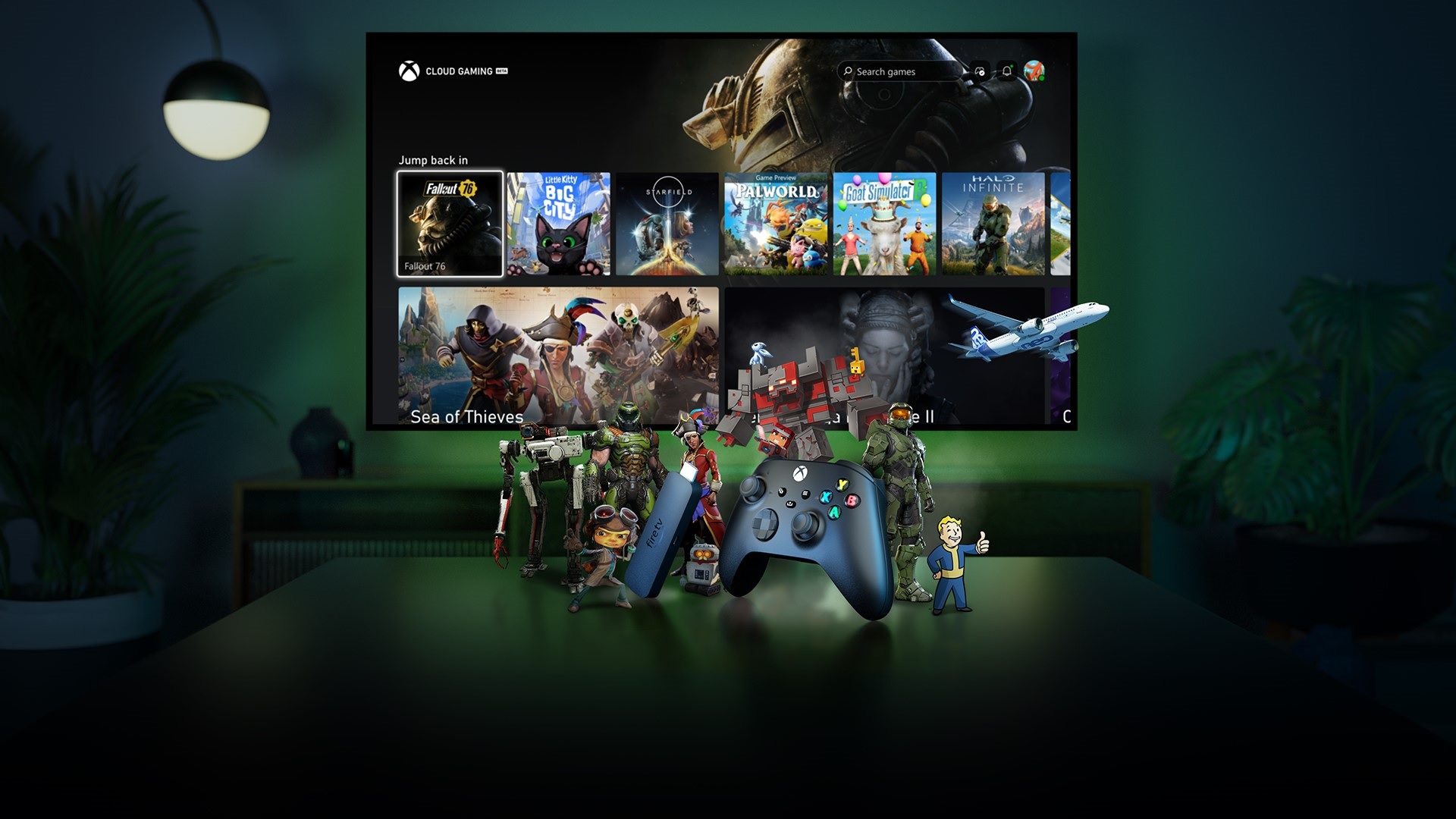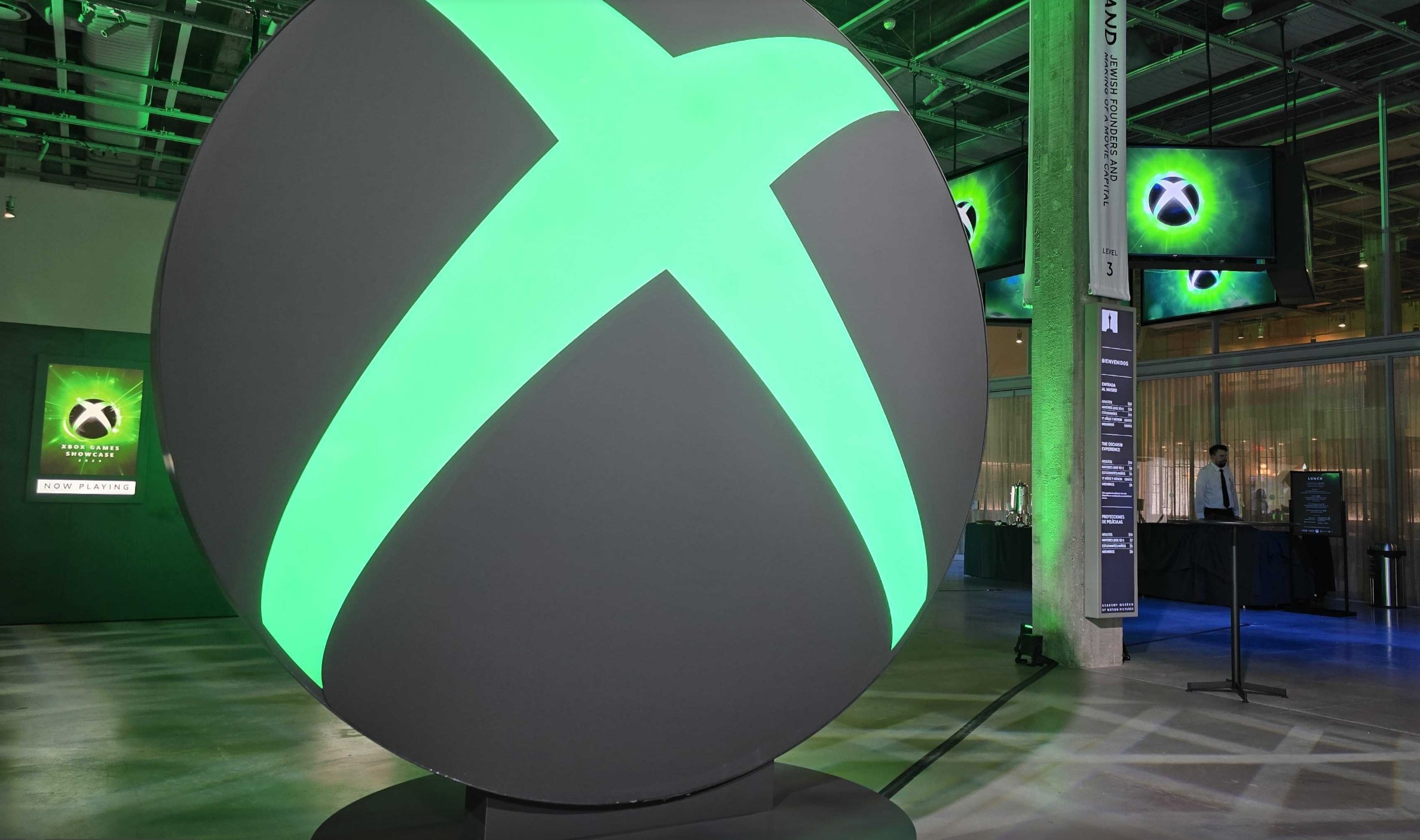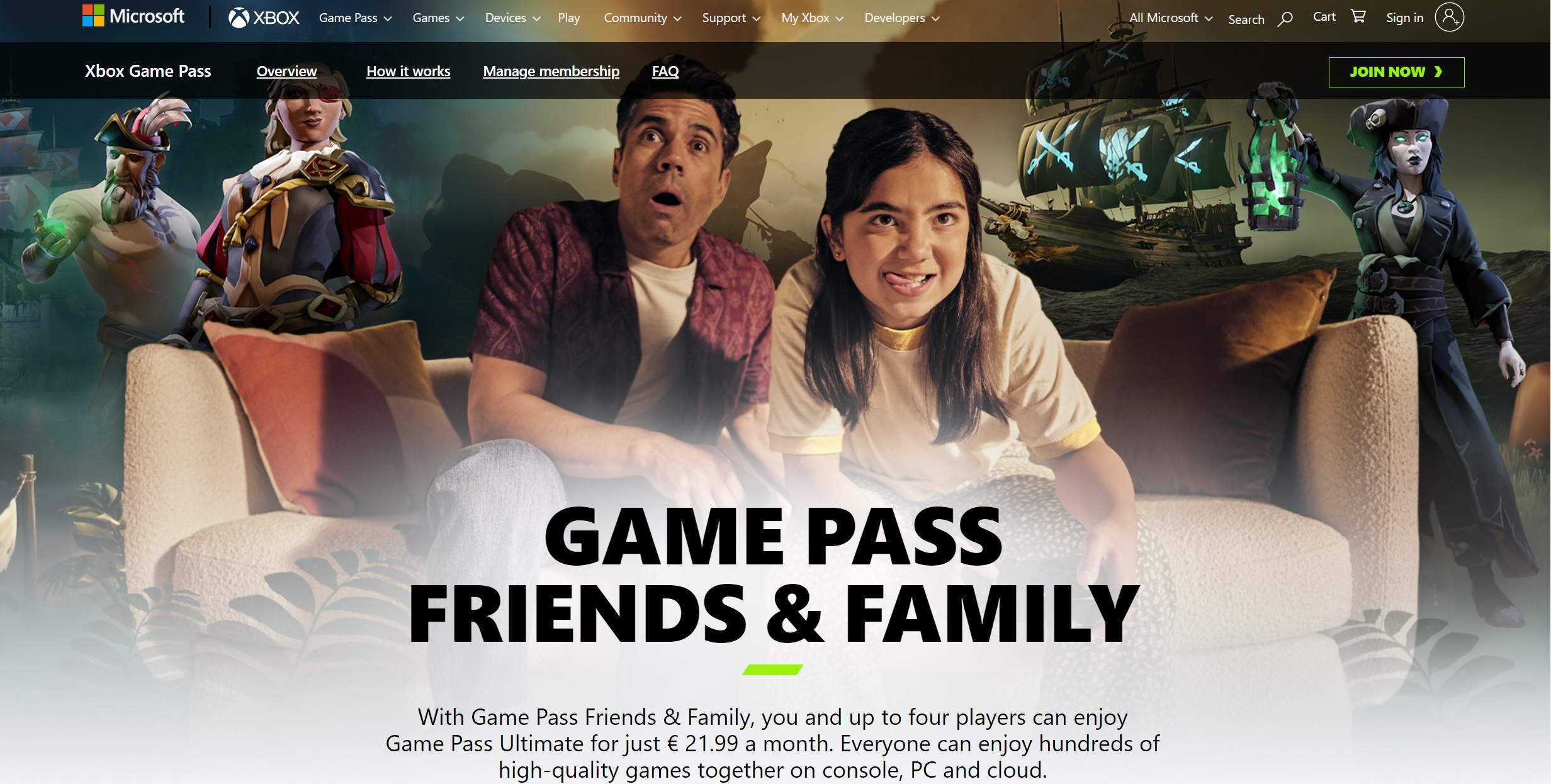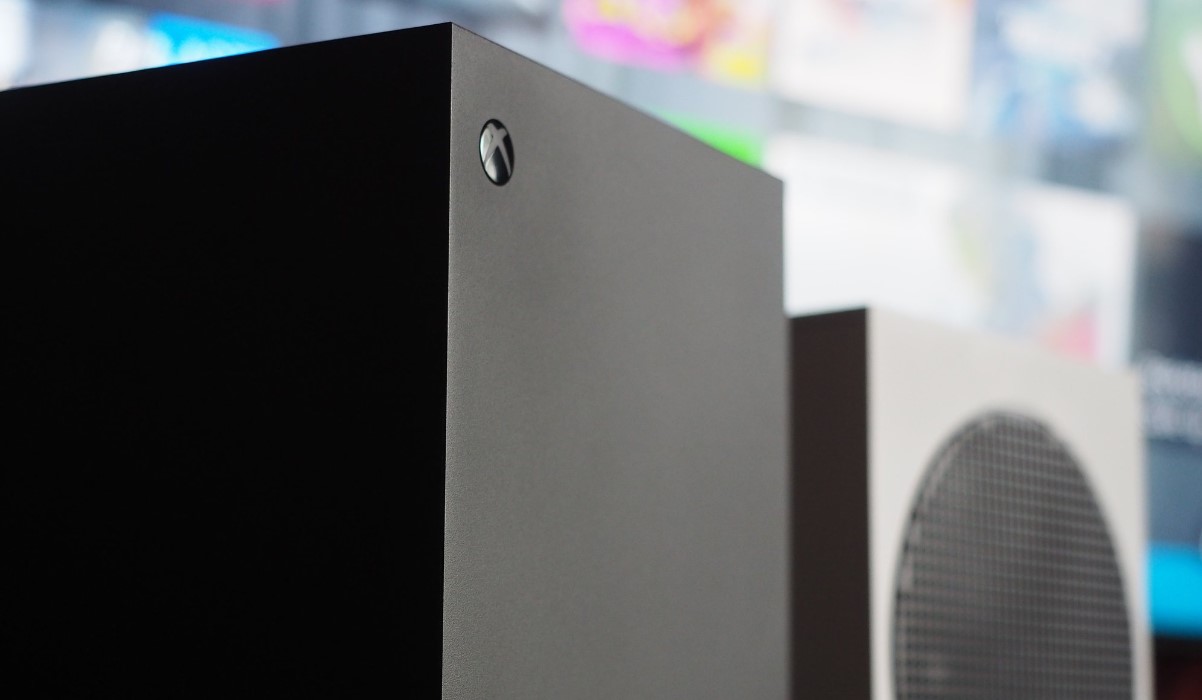Xbox Game Pass is the tip of Microsoft’s spear for growing its platform, but it has had some growing pains lately.
Netflix, Spotify, and other content-based digital subscription services have all undergone the same growing pains over the years, but there’s nothing quite like the microscope Microsoft finds itself under with its own service. I’ve heard opinions run the full gamut of “nobody cares about Xbox Game Pass, and it’s dying” to “Xbox Game Pass will destroy the game industry as we know it.”
Often, the negativity comes from people who don’t actively use the service, of course. Developers have touted the service for providing much-needed cash flow and investment. Users laud the value on offer. Xbox Game Pass follows every sentence Xbox speaks. Yet, it hasn’t quite exploded as some people expected, perhaps Microsoft included.
Indeed, there’s a finite number of core gamers out there who are interested in the content Xbox Game Pass offers. There’s the issue of balancing the costs of content acquisition and user acquisition. There’s also the issue of cannibalizing other aspects of the platform in order to grow and balance those, too. So, what does the immediate future of Xbox Game Pass look like in terms of growth?
This is by no means an exhaustive thesis on the state of Xbox Game Pass, but you can expect a general overview of the current state of play and the avenues Microsoft is exploring per our sources as of Summer 2024.
Analysts think Xbox Game Pass is poised for continued growth, but is it?
Analyst firms like Ampere seem unanimous in their belief that Xbox Game Pass will continue to grow, although it might not be at the pace Microsoft initially wanted for it. According to Ampere (via TweakTown), the firm expects Xbox Game Pass to hit $5.5 billion in revenue in 2025. The firm suggests that Microsoft is trying to increase its ARPU (average revenue per user) via price increases while also driving users to Xbox Game Pass Ultimate. Ampere argues that Microsoft is utilizing the fact that Xbox Game Pass Console (now called Standard) will no longer have access to day-one games like Call of Duty Black Ops 6 later this year, onto the more lucrative tier.
“Microsoft is mitigating the impact by improving consumer ARPU (average revenue per user) through price increases, driving users to the Ultimate tier of Game Pass, and limiting the subscription stacking for Game Pass Console to 13 months. Gamers who want to dip into Game Pass to play the new release will have to do it at the Ultimate (or PC) tier.”
Anecdotally, I’ve been told in conversation with Microsoft figures at events like Summer Game Fest that the “vast majority” of Xbox Game Pass users are already on Xbox Game Pass Ultimate. I would argue that Xbox Game Pass for Console wasn’t a great option over Ultimate for most players previously, anyway, since it didn’t include online multiplayer for premium titles. But, since Microsoft opened up Xbox to free multiplayer for free-to-play titles like Fortnite, this aspect of the Xbox Game Pass console tier started to become less of an issue and perhaps even prohibitive. Now, Xbox Game Pass Standard does include multiplayer while also offering some of Xbox’s back catalog, which more closely resembles services like PlayStation Plus.
There’s also a school of thought that Xbox Game Pass has potentially reached everyone it can possibly reach on console, although I suspect Call of Duty Black Ops 6 dropping into the service will change that narrative in a few months. But even if Xbox reached every single one of its console users with Game Pass, Microsoft’s (and the industry’s) dilemma right now is that console users aren’t going up over time. In fact, the total console install base has been flat for years. Publishers and platform holders have found growth by increasing prices, cutting corners, tripling-down on microtransactions, and exploring mobile gaming.
For Xbox Game Pass, long-term growth may need to come outside the traditional home console, and cloud gaming may be one way to find those “new to Xbox” users Microsoft wants.
Microsoft has long been keen to get users onto Xbox Game Pass Ultimate, which has the highest price and thus the best margins. However, as Ampere also notes, it is the only way to get Xbox Cloud Gaming right now. And Xbox Cloud Gaming by itself is incredibly expensive for Xbox to run.
“Reaching an audience off console and PC does not necessarily deliver profitability because the distribution costs in cloud gaming are significant,” Ampere notes, “far more than just downloading games. As such, Microsoft needs existing subscribers to pay more, while also paying less to license games.”
People underestimate the cost of maintaining the server infrastructure that maintains Xbox Cloud Gaming, especially in arguments that Microsoft “wants to replace Xbox home consoles” with cloud gaming. Believe me, until there’s some kind of energy price revolution, Microsoft is happy if you want to use your own electricity to power your Xbox rather than theirs. Unlike NVIDIA, which can build the graphics processing stack in-house, Microsoft has to essentially cannibalize its own Xbox Series X chips to get Xbox Cloud Gaming going, too.
Microsoft itself has noted that Xbox Cloud Gaming is experiencing a “double-digit growth”, although more recently, it has been suggested to me that Xbox Cloud Gaming now accounts for Xbox Game Pass’ most rapid area of growth total. Indeed, Microsoft recently partnered with Amazon to bring Xbox Cloud Gaming directly to its $50 $30 Fire TV Stick 4K range, which will vastly open up the number of devices that Microsoft can access — and more crucially — actually monetize.
Xbox Cloud Gaming on Google Play blocks in-app purchases, per Google’s anti-competitive rules. Apple blocks Xbox Cloud Gaming outright with its own anti-competitive rules. Regulators may one day crack open Google and Apple and force them to play ball, but that’s by no means guaranteed. Even still, games designed for consoles don’t seem to be interesting to mobile gamers either.
Apple’s run of console ports for its recent iPhone range has reportedly sold a middling few hundred copies apiece. These games are far better suited to big displays. To that end, Amazon and Samsung TV partnerships will be potentially more lenient towards in-app monetization, which is going to be crucial for the next phases of the Xbox Cloud Gaming strategy — turning cloud gaming from a foot in the door to a big growth opportunity.
A cloud-only tier, ad-based tiers, and the return of a Family Plan may be on the cards
Top of mind for Xbox Cloud Gaming monetization is boosted margins buoyed by in-app purchases. Right now, the entire app is basically subscription based, with very little upsell. But when more microtransaction-heavy games arrive, its fortunes could change.
Microsoft hasn’t exactly given us a blow-by-blow breakdown of how much Xbox Cloud Gaming costs to run, but you need only look at other cloud services like Netflix and Spotify to get an idea. Netflix’s profitability remained flat in the early years of the service as it reinvested much of its earnings back into growth. Once it had established its own internal studios and started releasing viral TV and movie hits, it began to explode in popularity.
From 2012 onwards, Netflix went from millions to billions in quick succession and has remained among the more profitable streaming services despite being faced with intense outside competition. Spotify has only now recently started hitting its stride despite having hundreds of millions of users. It hit $1 billion in gross profit for the first time ever after years of losses. How? Much like Netflix, with a focus on exclusive content, as well as cost-cutting efforts.
Microsoft is still relatively early on in its life cycle as a subscription service, with cost of user acquisition factoring in heavily on the proposition. With the content it has today, its potential addressable audience is likely far smaller than Netflix or Spotify. It comes back to the “console install base” dilemma — for some reason, there seems to be a fixed, finite amount of people around the world willing to buy a console.
Microsoft used to talk about reaching “2 billion gamers” around the world, which is the total addressable audience, but that figure includes the most casual mobile game players … many of whom find the concept of spending money on a game to be totally alien. Conversely, the mobile game industry is also driven by “whales” who will spend huge amounts of money in single titles. Historically speaking, console platforms often don’t have access to these more “lucrative” types of players in the same way.
Obviously, Microsoft already has its exclusive content line-up for Xbox Game Pass sorted. A wealth of promising home-grown titles from the Xbox Games Showcase 2024 back in June gave existing users plenty of reasons to stay subscribed. Call of Duty Black Ops 6 was also announced to be hitting Xbox Game Pass Ultimate, which should also give the service some much-needed visibility with the mass market Call of Duty audience, as well as hardcore players who spend a ton on in-game currency and skins.
Microsoft also has more opportunities to double-dip on subscribers and retail buyers, unlike Spotify and Netflix. However, as noted, the total addressable market is far smaller potentially. Everyone listens to music and watches shows and movies. Comparatively few people consider themselves “hardcore gamers.”
But perhaps Microsoft has some aces up its sleeve. I’ve heard that Microsoft is working towards a cloud-only version of its subscription that would be cheaper and more approachable to buy than Xbox Game Pass Ultimate. This would be designed around users who simply aren’t interested in buying an Xbox console, which could include competing console platform players. It could also be for users who don’t like the upfront costs of owning any console whatsoever.
There are also users outside of Microsoft’s traditional markets too, where import fees and other taxes make buying an Xbox console far more expensive than what even Western buyers would tolerate. Microsoft could swallow some of those data center hardware costs as part of a longer-term investment in new players, in non-traditional console playing regions.
I’ve also heard very tentative rumors that the Xbox Game Pass Friends and Family Plan experiment isn’t dead. We exclusively revealed the Xbox Game Pass Family Plan experiment in yesteryear, and Microsoft later tested it in a couple of territories before pulling it. Obviously, this could be a great way to get the next generation into Xbox and console gaming since it would be far more cost-effective for parents of youngsters to buy one multi-user plan over several separate Xbox Game Pass plans.
One of the best things about Xbox Game Pass is lowering the barriers to variety gaming for individuals, but it defeats the point if you have to buy five separate subscriptions for your small family. And sure, I know most kids these days are happy to play around in Roblox or Fortnite on an iPad, but there’s no reason why Xbox Game Pass couldn’t bring some benefits forward and into those games too. Microsoft is already doing partnerships in this vein with Riot Games for free titles like League of Legends.
Either way, a Family Plan would be a great place to rapidly expand the total number of users attached to (and loving) the service. Maybe they’ll even evangelize it like Netflix, too. I heard that publishers were skeptical about the initial beta test Microsoft performed, considering it to be too generous. Microsoft’s test allowed five users into Xbox Game Pass Ultimate for a quite shockingly low price of $24.99 — which, after the recent price rises, matches a single license in today’s money. It would definitely be more pricy if it did come back, but it would still be far cheaper to add additional users over buying separate licenses.
And what about ad-based tiers? Amazon Prime TV and Netflix both now have ad-based tiers within their service. This gives the absolute most thrifty users a way to enjoy the fun without having to spend a penny. Ad-based tiers could be fully in-line with expanding Xbox to users who prefer not to pay anything, if indeed it was cost effective to do it. I’ve heard Microsoft has been exploring the potential here, but isn’t currently actively working towards an ad-based Xbox Game Pass tier.
Analytically speaking, I think it could (and should) happen one day, but I’m not sure how viable monetizing an electricity and data-intensive service like Xbox Cloud Gaming might be based on ads alone if we’re assuming that Xbox Cloud Gaming is the vehicle for finding those totally-new users. It also makes the service dependent on the online video ads market, which is heavily dominated by Google.
A lot of what Microsoft is doing today with Xbox Game Pass revolves around finding users who are totally new to Xbox. Finding growth by cutting corners, increasing prices, and injecting more in-game monetization into the existing userbase has a hard limit, I would say. In the long term, as costs perpetually go up, it’s critical for Microsoft and other platform holders to find truly new users and expand the overall base of core gamers out there.
Xbox Game Pass, Xbox growing pains
You’ll notice I didn’t speak much about Xbox Series X|S hardware or video games themselves while writing this. For one thing, I think Microsoft’s upcoming Xbox games are firmly on lock and aren’t really the central issue. Xbox Game Pass has had a really solid July for content, and it’ll get even sweeter if the rumors of Call of Duty Modern Warfare 3 hitting the service soon pan out.
I wrote recently about how games might not be enough to find those elusive “new” users in an article linked below, revolving around the dilemma that the overall number of “core” console players simply isn’t growing.
Microsoft is generally maintaining its paying user base across Xbox One and Xbox Series X|S while looking to PC and cloud to expand its overall footprint. While speaking to developers at shows over the past year, a lot of the discourse revolves around “black hole” games like Fortnite and Roblox, which vacuum up users and turn them into mono-gamers with no interest in playing anything else. For a variety-based service like Xbox Game Pass, or indeed, consoles in general, that presents a bit of a problem. If all your users are doing is playing singular free-to-play titles without spending money, you don’t really have much of a business.
RELATED: Great games might not be enough to grow Xbox Game Pass
Xbox Game Pass is an attempt to cut through that trend in the name of supporting and showcasing the variety of art the industry has to offer — meeting new customer cohorts halfway. It’s a virtuous mission, although the execution has been slow-paced. Breaking PC gamers’ preference for Steam and its sales, mods, and social systems is a Sisyphean task, even with the affordability PC Game Pass offers. Getting mobile gamers interested in core-style console games will also be incredibly tough, if not impossible. Xbox Cloud Gaming has a big tech journey to undertake, too — its bitrate is great for mobile devices but awful for big TV sets. And what about the potential damage to Xbox’s most dedicated customers: us?
Microsoft has already done a fair bit of brand harm with its attentiveness to practically everything that isn’t an Xbox Series X|S console. Microsoft has begun porting exclusive games like Sea of Thieves to competing platforms, generating anxiety about the very future of the entire platform. Microsoft continues to grapple with games that are exclusively skipping Xbox, including SNK vs. Capcom, which was announced just this past weekend. Xbox Game Pass has missed out on an entire genre trend of games, with no answer to massively popular “gacha” titles like Genshin Impact and Honkai Star Rail. The vastness of its Activision-Blizzard purchase seems to have led to a lost couple of years of momentum for Xbox as a brand, with attention focused solely on its variety of court cases.
I wrote an article previously detailing how Microsoft’s distractions were leading to a degradation of the Xbox console experience. Arguing that Microsoft had disconnected a bit from its core users and the fans who stuck by Xbox and continued investing despite the gallery of missteps over the years. I know you can’t build an entire business on a single core cohort of users, but I think it is clear that Microsoft is struggling to balance all of its vast ambitions. Microsoft has to keep its developer partners and existing users happy while maintaining what it has today and also earmarking funds for the future. The recent Xbox Game Pass changes and pay rises are partially symptomatic of that balancing act.
But that’s what growing pains are all about. Xbox Game Pass is a moody teenager, perhaps a bit rough around the edges — but full of vast untapped potential.


